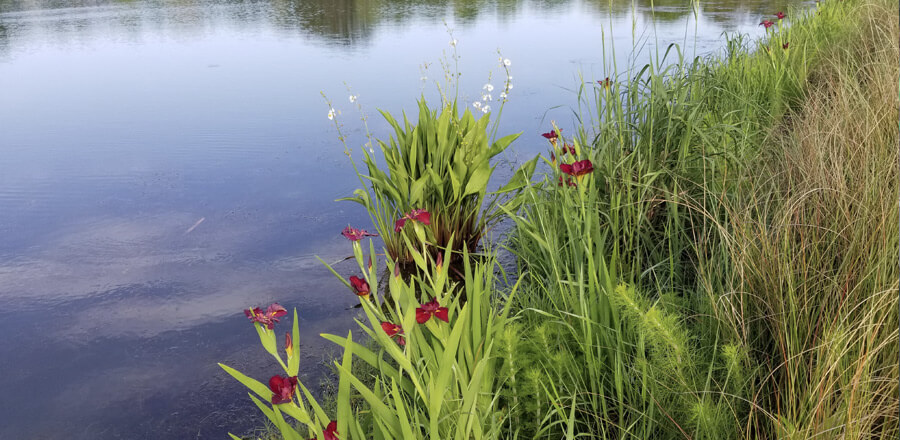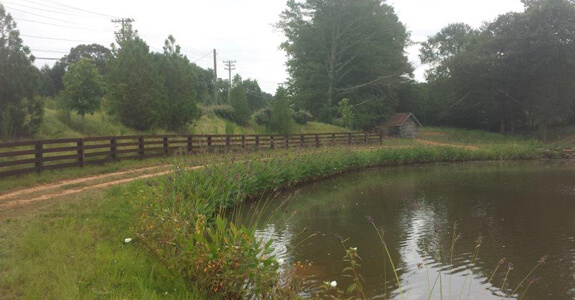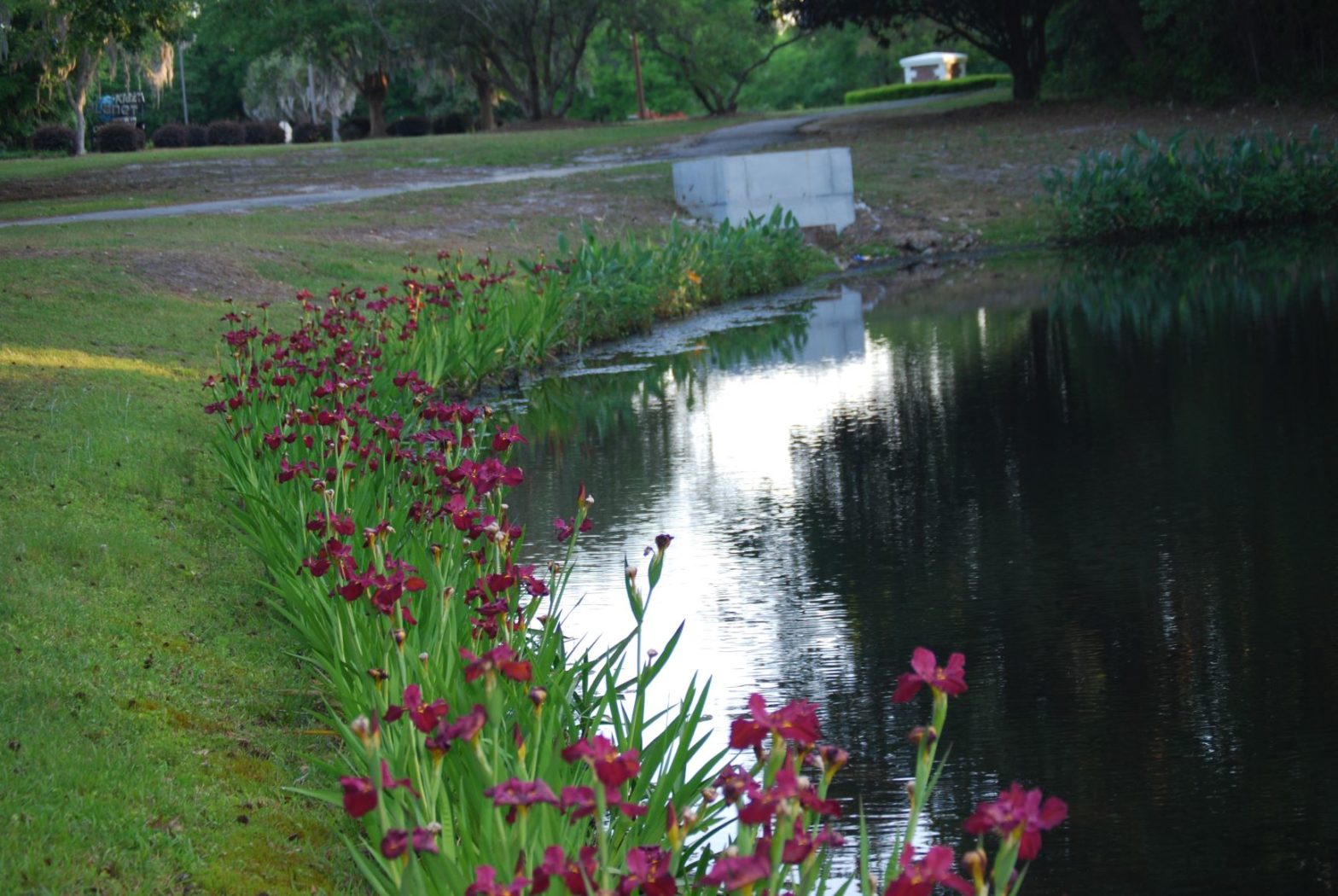Green Infrastructure / our work
Section 502 of the Clean Water Act defines green infrastructure as “the range of measures that use plant or soil systems, permeable pavement or other permeable surfaces or substrates, stormwater harvest and reuse, or landscaping to store, infiltrate, or evapotranspiration stormwater and reduce flows to sewer systems or to surface waters.”
Benefits of Green Infrastructure
Green infrastructure is a cost effective, resilient approach to managing wet weather impacts that provides many community benefits. Green infrastructure reduces and treats stormwater at its source while delivering environmental, social, and economic benefits.

Living Shorelines and Wetland Carpets
We have much experience with living shorelines in both producing the plants and the different methods to establish a thriving living shoreline. Living shorelines utilize natural elements to absorb wave energy and to reduce erosion. These living shorelines provide valuable habitats for wildlife. Living shorelines is basically soft engineering.
In this section you will see many different examples of living shorelines. We use different methods depending on the condition of the shoreline to be established as well as budget.

Areas that have more advanced erosion we have developed a planting system using our Wetland Carpets. The wetland carpets provide many advantages to include, higher success, less weeds, ease of installation and quicker establishment.We grow the Wetland Carpets in the nursery and plant the nursery stock on one foot centers. These carpets take about six weeks to establish at the nursery and then they are ready to install. In many situations the bottom line is that this system provides greater success then planting nursery stock. Many storm water lagoons have difficult challenges that make creating a living shoreline more difficult and this product gives you a head start.
Planting shorelines with nursery stock is very beneficial as well and is more economical. Careful consideration to each shoreline situation should be taken into consideration. Are there waterfowl present, what type of erosion is existing, and what is the water depth and area to be planted. Using quality nursery stock and the correct species is very important.
Living Walls
Many shoreline situations need more then vegetation alone. Living walls provide both mechanical stabilization and vegetation to create a living shoreline. This type of green infrastructure allows the shoreline to absorb wave energy as opposed to refract it such as a bulkhead.
We utilize the Filtrexx Living wall system. This system utilizes strength, design flexibility, and many environmental benefits to include rainfall and stormwater absorption etc. The filtrexx system allows you to plant many different species to lock it into place. Along with geogrid and anchor reinforcement this system can tackle many difficult shoreline situations.

